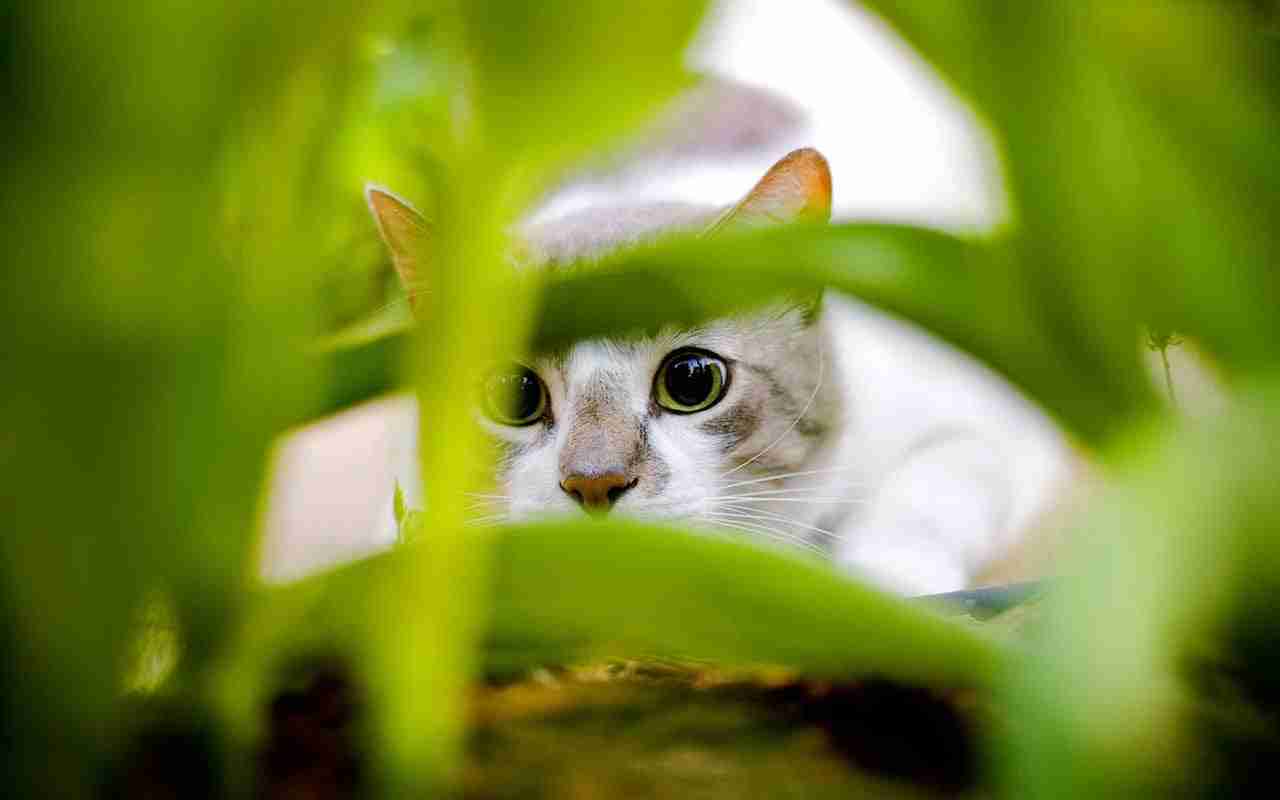The wild nature of cats: the truth is in their DNA


Domestic cats are our beloved companions at home, but what do you know about their wild cat cousins? We are not talking about lions, tigers or leopards, but other types...
The holiday season is a favourite time of year for many. What is there not to like when it comes to decorating your house with Christmas lights and ornaments and...
Whether you are simply driving to the shops for a few kilometres or going on a road trip across the country, chances are you will take your dog with you at some stage....
Welcoming home a new kitten is always a joy. However, to start off on the right foot, it's necessary to teach them how to use the litter tray as soon as possible upon...